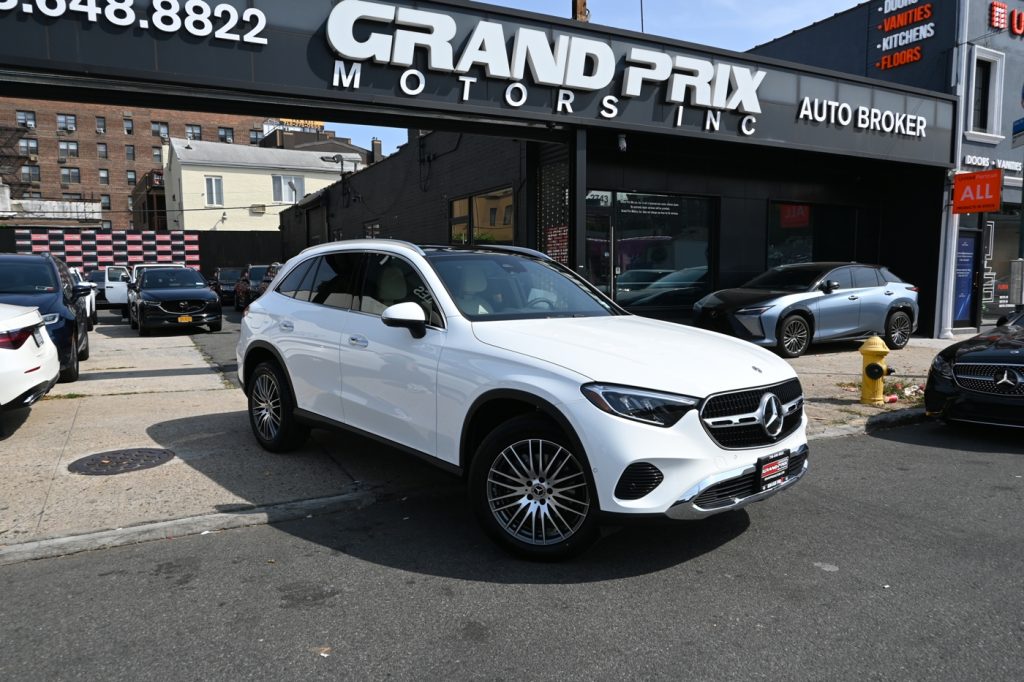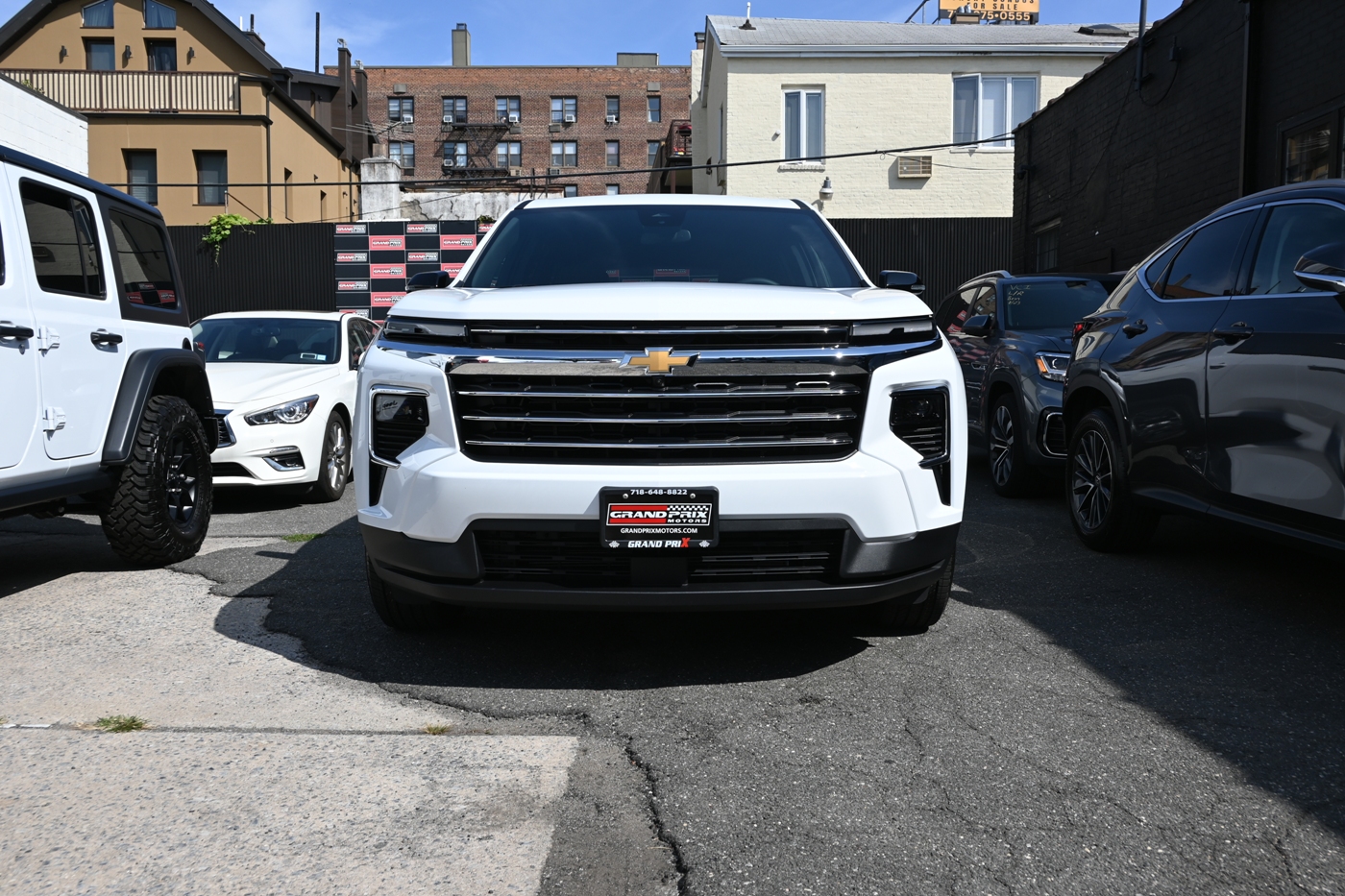When it comes to getting a car, two popular choices often arise: leasing or financing. Both options have distinct advantages and disadvantages, and the best choice depends on your financial situation, driving habits, and long-term goals. Let’s break down the differences and explore which option might be the right fit for you.
What Is Leasing?
Leasing allows you to drive a car for a set period, typically 2–4 years, by paying monthly installments. At the end of the lease, you return the vehicle to the dealership. Leasing is essentially “renting” the car, and you don’t own it once the lease ends.
What Is Financing?
Financing involves taking out a loan to purchase the car. You make monthly payments until the loan is fully paid off, at which point you own the car outright. Financing is a long-term commitment, but it results in ownership.
Pros and Cons of Leasing
Advantages:
- Lower Monthly Payments: Leasing often comes with lower monthly payments compared to financing.
- Drive New Cars Frequently: Leasing allows you to upgrade to a new car every few years, so you always drive a vehicle with the latest features.
- No Worries About Depreciation: You don’t have to worry about the car losing value over time since you return it at the end of the lease.
- Lower Maintenance Costs: Most leases are covered under the manufacturer’s warranty, so repair costs are minimal.
Disadvantages:
- No Ownership: You’re essentially renting the car, and at the end of the lease, you have no asset to show for your payments.
- Mileage Limits: Leases often come with mileage caps (typically 10,000–15,000 miles per year), and exceeding these can result in hefty fees.
- Early Termination Penalties: Breaking a lease early can be expensive.
Pros and Cons of Financing
Advantages:
- Ownership: Once you’ve paid off the loan, the car is yours to keep, sell, or trade as you see fit.
- No Mileage Restrictions: You can drive as much as you want without worrying about penalties.
Disadvantages:
- Higher Monthly Payments: Financing typically comes with higher monthly payments compared to leasing.
- Depreciation Risks: The car’s value decreases over time, which can leave you owing more than the car is worth if you sell it early.
- Maintenance Costs: Once the warranty expires, you’re responsible for all repair and maintenance costs.
Who Should Lease?
Leasing is ideal for:
- Tech Enthusiasts: If you enjoy driving the latest models and having updated technology, leasing provides the flexibility to upgrade frequently.
- Low-Mileage Drivers: If you drive fewer than 15,000 miles per year, leasing can be a cost-effective option.
- Budget-Conscious Individuals: The lower monthly payments and reduced maintenance costs can make leasing more affordable in the short term.
Who Should Finance?
Financing is better suited for:
- Long-Term Owners: If you plan to keep your car for many years, financing is more cost-effective in the long run.
- High-Mileage Drivers: If you drive a lot, financing eliminates the worry of exceeding mileage limits.
- Equity Builders: For those who want to own a car outright, financing is the way to go.
Conclusion
Choosing between leasing and financing depends on your lifestyle and financial goals. If you value flexibility, lower upfront costs, and driving new cars regularly, leasing may be the right choice. However, if you prefer long-term savings, no mileage restrictions, and ownership, financing is the better option.
Take the time to assess your needs and budget before making a decision. Whether you lease or finance, the right option will ultimately depend on how you plan to use your car and what matters most to you.

